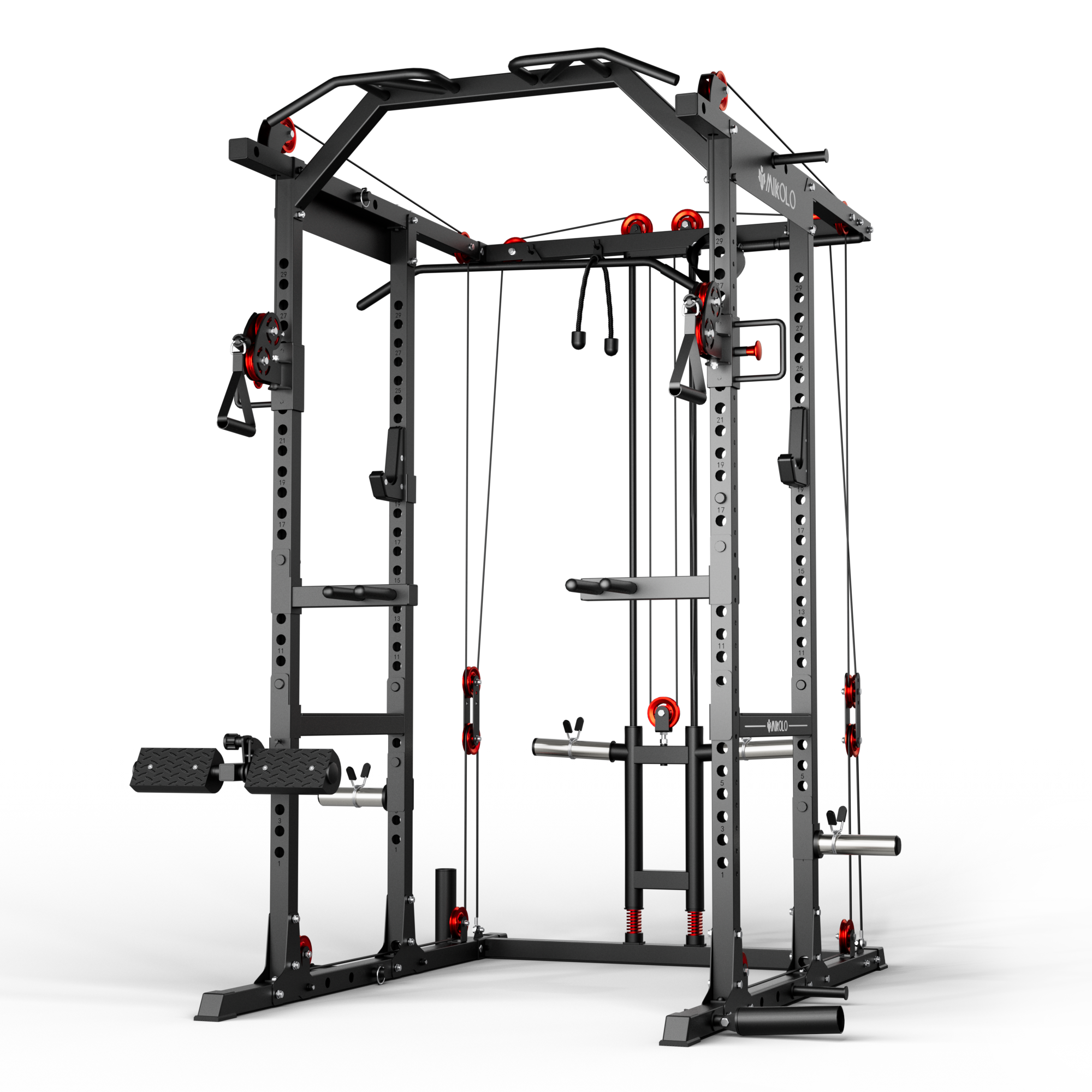You push hard in your workouts, feeling that satisfying burn and the mental high that comes with it. But what you do after your workout is just as important as the workout itself. Recovery time after exercise isn’t a luxury; it’s a critical part of getting stronger, preventing injury, and staying consistent on your fitness journey.
What Is Recovery Time in Fitness?
Recovery time is the period your body needs after a workout to repair muscle fibers, replenish energy stores, and reduce inflammation. This allows your muscles and nervous system to return to baseline before your next training session.
While your muscles work hard during training, they actually get stronger during rest. Without sufficient recovery time, you risk overtraining, persistent fatigue, and injury, all of which can derail your progress.
How Long Should Recovery Time Be After Working Out?
Recovery time after working out varies based on your fitness level, age, workout intensity, and the type of exercise you’re doing.
-
For moderate weight training: 48 hours of recovery before training the same muscle group again is a common guideline.
-
For high-intensity interval training (HIIT) or heavy lifting: 48–72 hours may be needed, especially if you experience significant muscle soreness.
-
For light cardio or active recovery: 24 hours may be sufficient, especially if intensity and duration are moderate.
Listening to your body is crucial. If you still feel excessively sore, stiff, or fatigued after two days, another day of rest can support full recovery and better performance in your next session.
Why Is Fitness Recovery Time So Important?
Taking time to recover after exercise allows your body to:
-
Repair microscopic muscle tears that occur during strength training.
-
Replenish glycogen stores, which fuel your next workout.
-
Allow the nervous system to reset, maintaining coordination and reducing the risk of form breakdown.
-
Manage inflammation, reducing joint and muscle pain.
-
Strengthen the immune system, which can be suppressed by excessive training without adequate recovery.
Skipping recovery doesn’t mean faster progress; it often means setbacks, plateaus, and injuries that force you to take longer breaks later.
Personal Reflection: Learning the Hard Way
Years ago, I trained six days a week, believing that the more I trained, the faster I would gain muscle. But after months of nagging shoulder pain, interrupted sleep, and constant soreness, I realized I wasn’t getting stronger—I was burning out. Shifting to three full-body workouts per week with active recovery days in between led to better strength gains, improved mood, and consistent progress without injury. The biggest lesson? Recovery time after working out isn’t laziness; it’s smart training.
How to Optimize Your Recovery Time
To maximize your recovery time after workouts:
Sleep at least 7–9 hours per night to aid hormone balance and tissue repair.
Stay hydrated and eat nutrient-dense meals, including quality protein and anti-inflammatory foods.
Incorporate active recovery, such as walking, yoga, or gentle stretching on off days.
Use foam rolling or light mobility work to reduce stiffness.
Avoid excessive stress, which can slow recovery.
Final Thoughts: Balance is Key
How many days of recovery you need after a workout depends on your training and your body’s response, but one thing is clear: giving yourself enough recovery time is essential for progress. Respecting your body’s need for rest will allow you to train harder, stay injury-free, and maintain consistency on your fitness journey.
Remember, rest is not a sign of weakness. It is a sign of respect for your body and your goals.













































Leave a comment
This site is protected by hCaptcha and the hCaptcha Privacy Policy and Terms of Service apply.